A visit to Tuscany is more than exposure to the language of Dante, the art of Michelangelo, and the craftsmen of Florence. The word Tuscany itself comes from Tusci or Etrusci, words used by Romans in the time of Cicero to refer to a civilization that had predated theirs by some 800 years. In its heyday, the Etruscan Federation consisted of 12 cities, and two of these – Curtun (today’s Cortona) and Arretium (today’s Arezzo) — offer today’s visitor an enticing mix of ancient history and modern hedonism.

Cortona Vista- Wikipedia
All about Cortona
The smaller of these two towns, Cortona, is surrounded by three kilometers (1.85 miles) of partly original Etruscan wall, constructed around 5 BC. You can walk alongside, take pictures, examine the remains of a cloaca (a sewage system exemplifying the sophistication of this civilization), and traces of temples or fortresses inside and out. The standing fortress of the wall, La Fortezza, was built in 1556 on the remains of an Etruscan fortification.
Despite its importance in Etruscan and Italian history, Cortona is better known for its role in the 2003 film, Under the Tuscan Sun, based on the eponymous 1996 book by Frances Mayes. A casual walk through the tiny center (population 2,000) reveals why Hollywood relished the movie-set features of the place. You see little very Etruscan construction — aside the city walls and archeological sites – but you do see a charming, compact, concentration of architectural styles that reflect the town’s history.
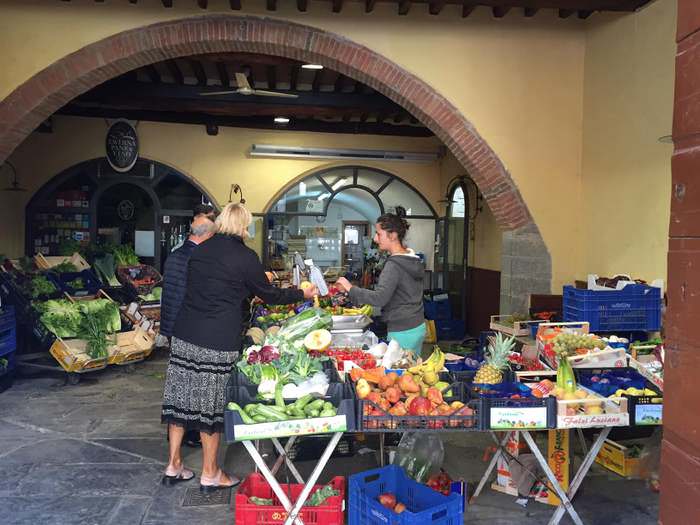
Fresh fruit and vegetable markets are tucked away in all angles of Cortona
Medieval homes jostle for attention with Renaissance structures and neo-classical constructions. It’s a pleasant mélange reflecting changing tastes in art and architecture: many buildings in the city center were built, enlarged, or embellished to reflect the riches of a subsequent owner or the altered architectural tastes of a different period.
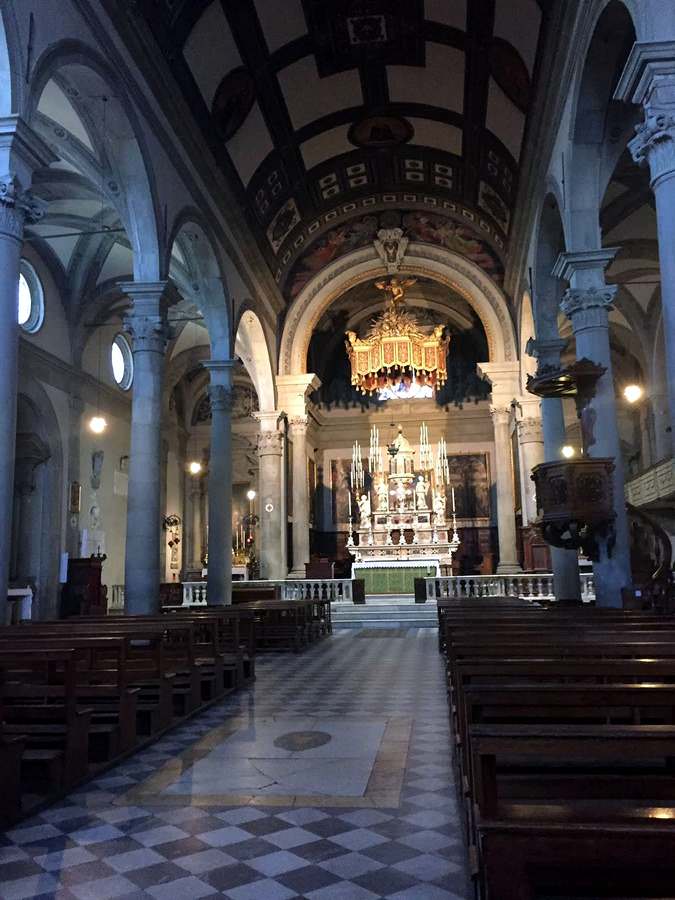
The Duomo in Cortona
The Etruscan essence of Cortona can be appreciated by visiting the Museum of the Etruscan Academy and the City of Cortona (MAEC), housed in the Casa dei Casali on beautiful Piazza Signorelli. MAEC’s history dates back to 1727 when the Accademia Etruca (Etruscan Academy) was founded; back 300 years ago the town’s intellectuals recognized the importance of Etruscan culture.The permanent collection, with descriptions in English as well as Italian, includes ceramics, bronzes, and decorative objects from this period, as well as art from elsewhere (Egypt and Greece) and other eras, including medieval, Renaissance, and Futurism of the early 20th century.
Among the knockouts is the Tabula Cortonensis, a legal document from the 2nd or 3rd century BC. It is valuable as one of the few surviving examples of the Etruscan language, and enough is known to understand it as a bill of sale for land in the area.
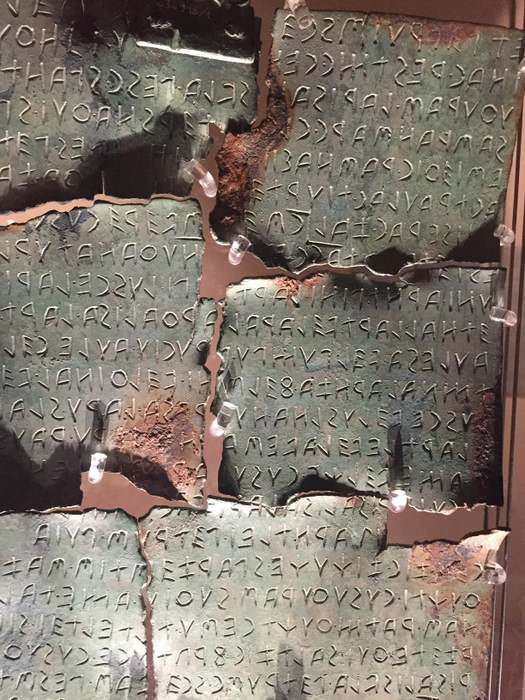
The tabula Cortonesis
Another is the Lampadaria Etrusco, a 5th century bronze chandelier from – it is believed – a nearby Etruscan temple. Its imagery, including a central gorgon with open mouth, surrounded by serpents, is described as apotropaico, meaning it was designed to ward off evil spirits, and probably only priests were allowed to see it back then.
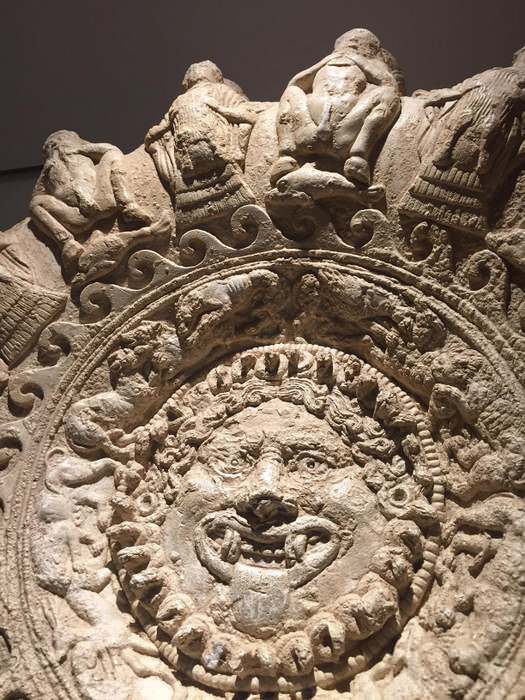
Lampadaria Etrusco, a 5th century bronze chandelier
A highlight for archeology buffs are models of the Meloni, reconstructions of two melon-like tombs found in Cortona’s nearby Archeological Park. The Park can be visited separately, but it helps to see these Etruscan burial sites in smaller scale while a guide explains their significance. With prior arrangement, you can hire an English-speaking guide to help you bring the museum, the Park, and the city’s Etruscan itineraries to life.
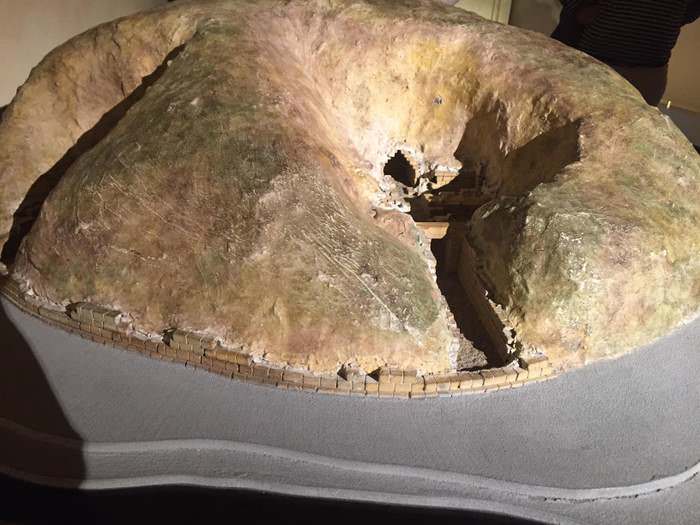
Models of melon-shaped tombs are a highlight of the Etruscan Museum in Cortona
The Casa dei Casali, where MAEC is housed, is worth a second glance on its own merits. It was built by the Casali family, which ruled Cortona from 1325 till 1409 and built this imposing home as a symbol of their dominance. Predictably, it was built on Etruscan ruins.
Over time, the Cortonesi became disenchanted with the Casali family. They asked a neighboring ruler to overthrow them, and in 1409 Cortona wound up under the rule of the Medici of Florence, not necessarily an improvement in family values. The coats of arms of various Florentine captains – assigned by the Medici to keep an eye on Cortona — decorate the façade of the Casa, visible on Via Casali to the right of the museum entrance.

Medieval Coats of arms on the side of the Casa dei Casali in the heart of Cortona
In front of the Casa dei Casali on Piazza Signorelli, the film folks of Under the Tuscan Sun had built a fountain with a well-endowed male. People still come to ask about it (to the chagrin of the local tourist board), never mind that the fountain itself was removed when filming ended.
A short walk from Piazza Signorelli toward the Etruscan city walls brings you to the Museo del Diocese on Piazza del Duomo. The Diocesano Museum was formerly the church of the Compagnia del Gesù. It regroups artistic treasures from the various churches of the town, and these were not insignificant, since Cortona was a diocese of its own until 1986. One of the outstanding treasures is a magnificent Roman sarcophagus, an immense marble carving with fluid movement. If you are a fan of Tuscan art, you will relish works by Beato Angelico, Lorenzetti, Fra Angelico, Bartolomeo della Gatta, and Luca Signorelli, among others.
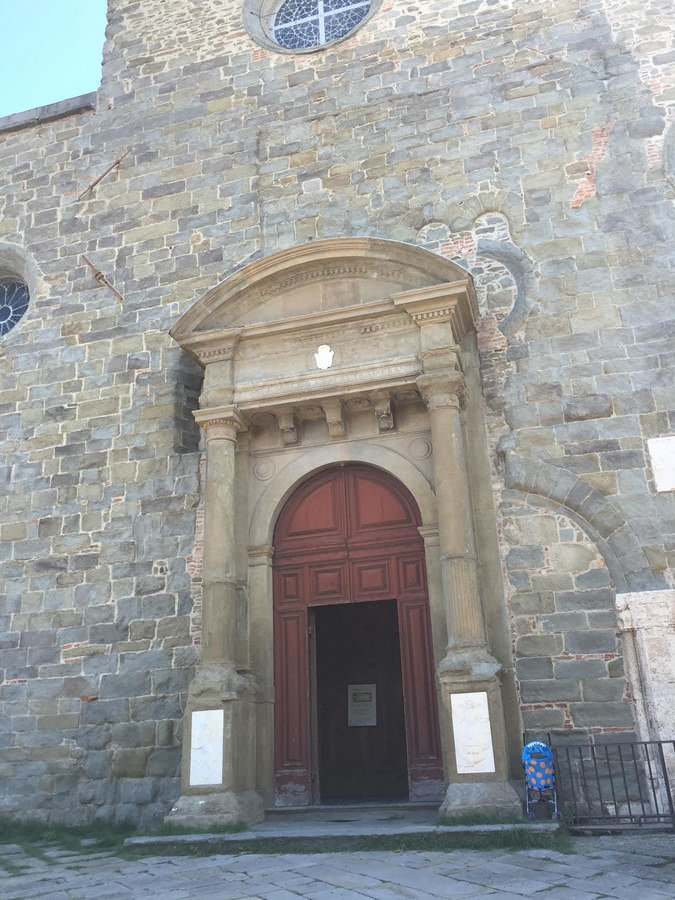
Entrance to the Diocesano Museum, filled with religious Treasures
You won’t be alone. Aside a few winter months, the town center has a steady flow of tourist groups — Italian, English, French, German, Japanese, and then some. You won’t be fighting through the crowds of Florence or the Cinque Terre, but the foreign presence is palpable. Still, for now it’s civilized, befitting its Etruscan origins.
Written by and photos by Claudia Flisi for EuropeUpClose.com

Tanja (the Red phone box travels)
Thursday 10th of November 2016
great post!
freddy
Thursday 10th of November 2016
Bravo writer, a reader pleasure and obviously great to be there......and thanx to the Etruscan for setting such a civilization standard, uncommon to match these modern days!!!